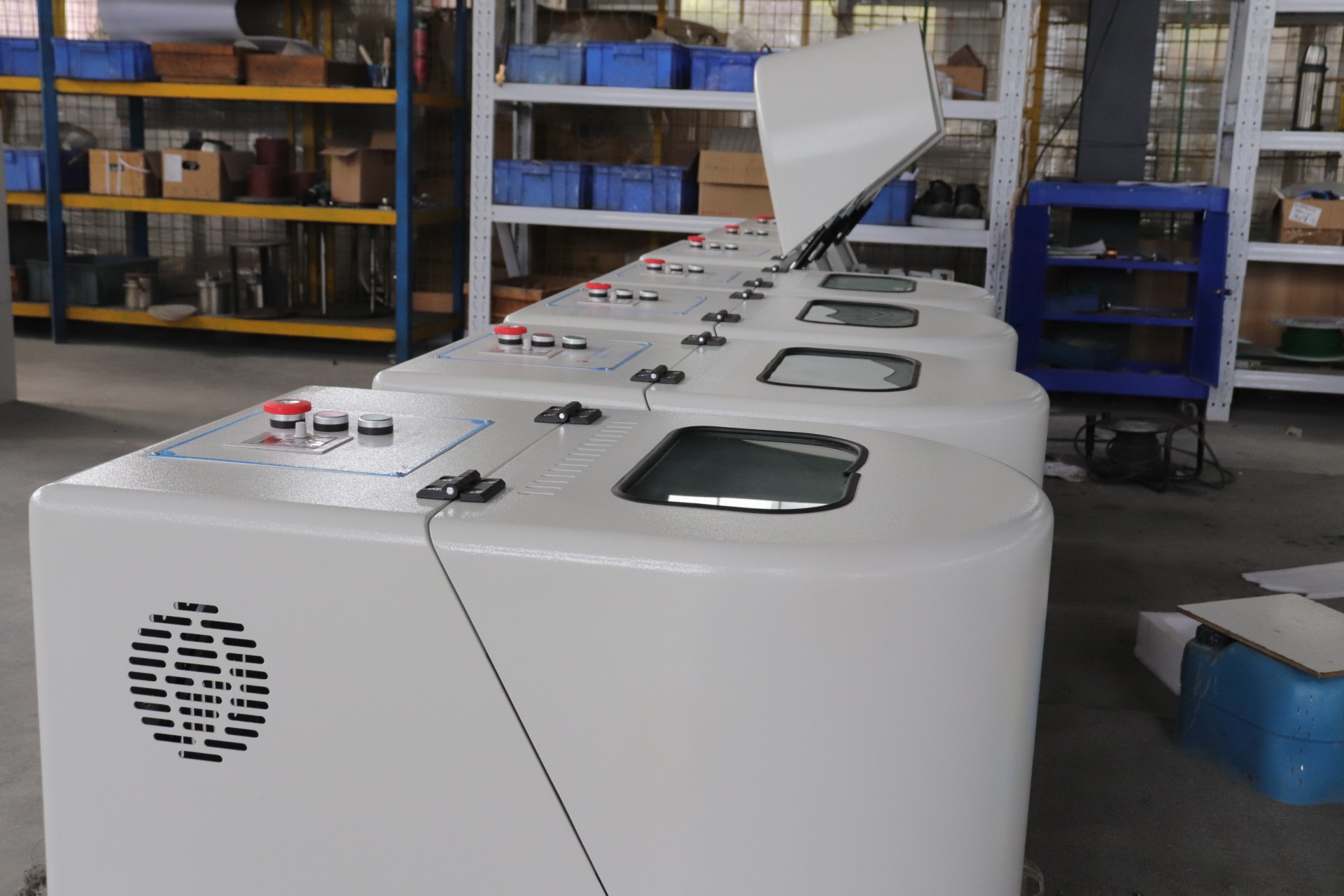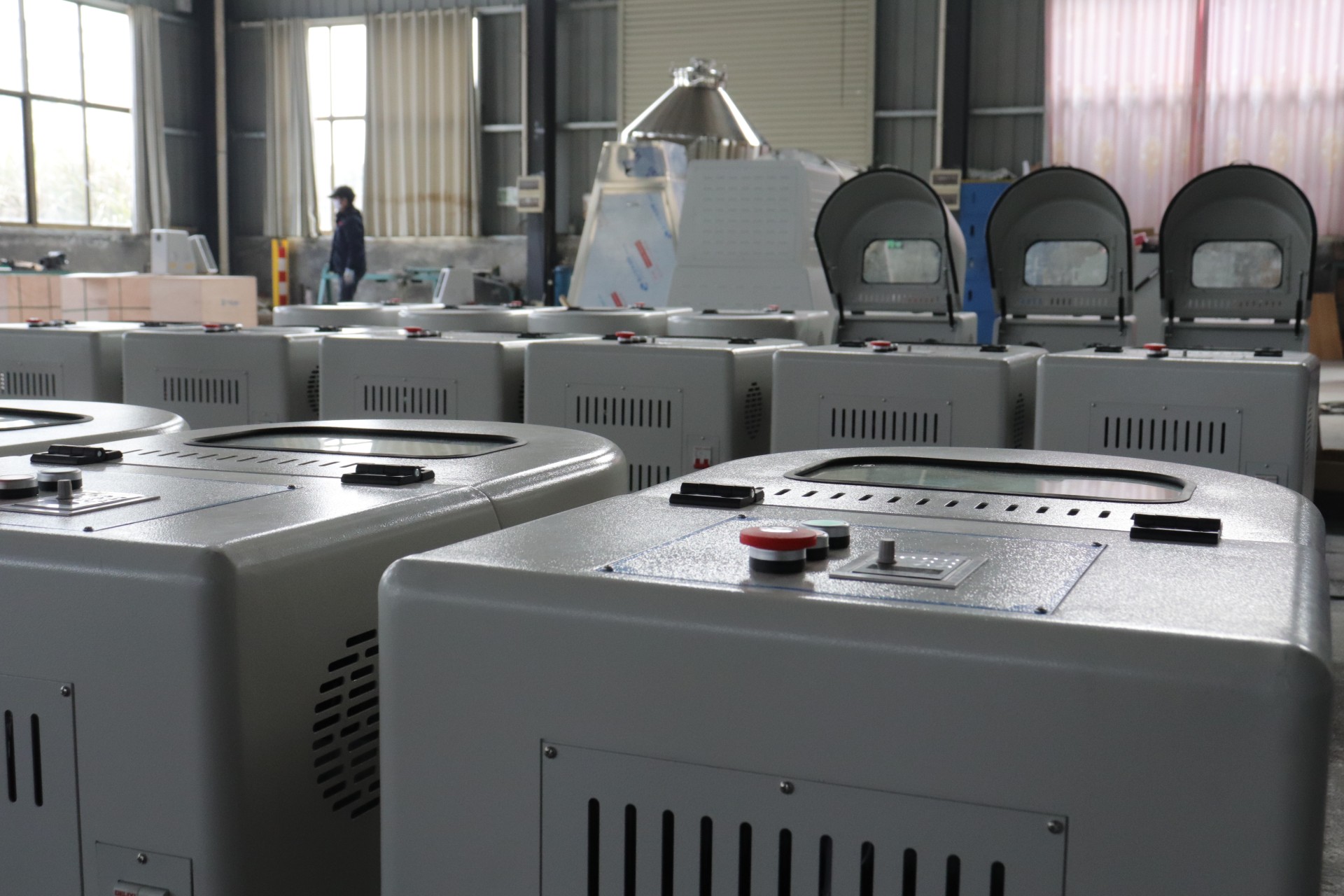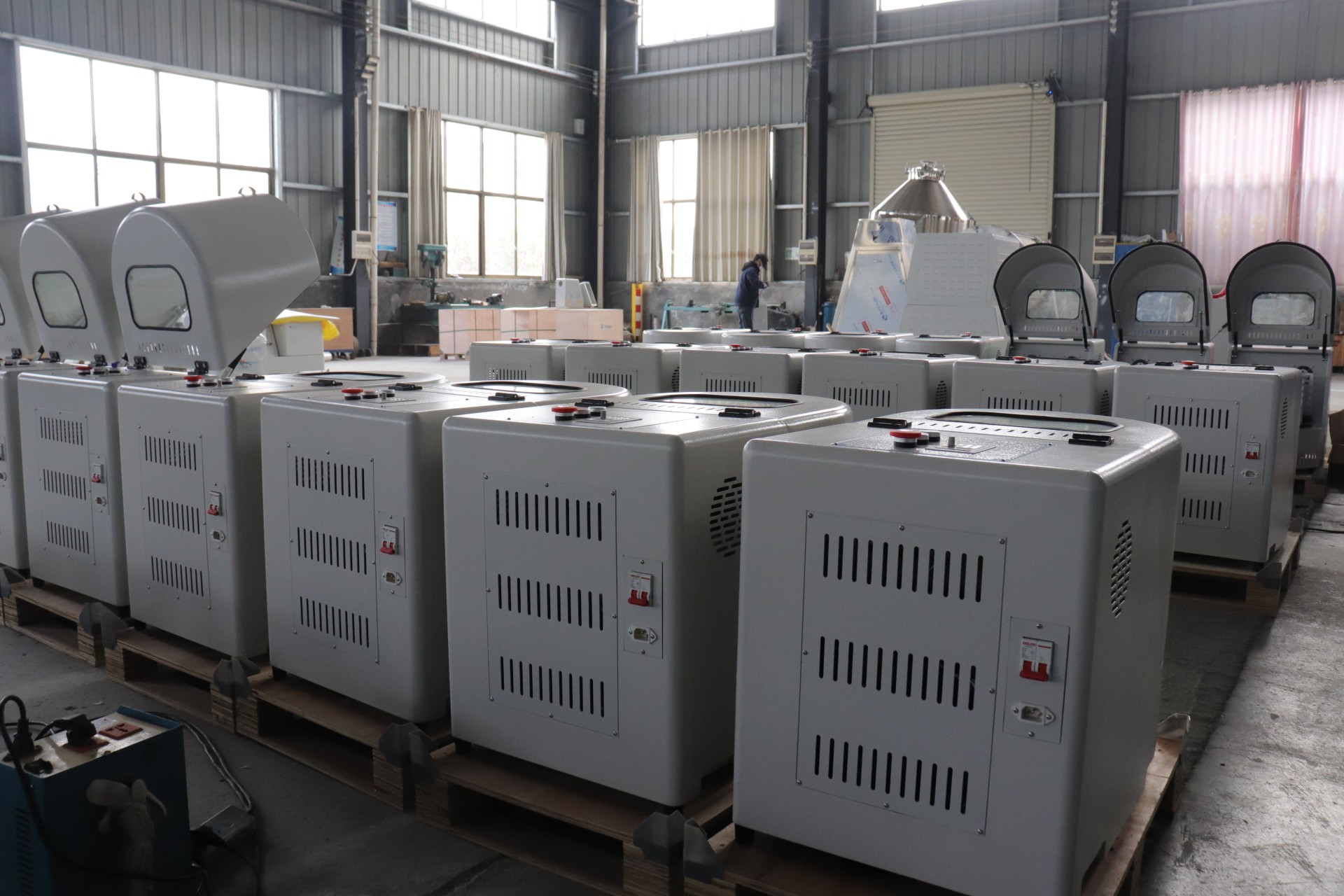What is Laboratory ball mill?
Laboratory ball mill is a device specially used for grinding experimental samples in an experimental environment.
In the laboratory, it is often necessary to grind blocky experimental samples into tiny particles of different specifications for experimental comparison and analysis.
Working principle of laboratory ball mill:
Although laboratory ball mills can be divided into different types. But their working principles are the same. They all use different methods to make the grinding balls move irregularly, and produce high-speed collision and friction with the materials to be ground, which is the process of material refinement.

Classification of laboratory ball mills
Laboratory ball mills can be divided into the following categories according to the grinding method
Planetary ball mill: Through the high-speed reverse rotation of the planetary wheel and the grinding jar, the grinding balls move irregularly in the jar and produce high-speed collision and friction with the materials, so that the materials are refined.
Drum is a ball mill: The motor drives the drum to move, so that the grinding balls inside move irregularly and produce friction with the materials, which is the process of material refinement. Suitable for processing large amounts of materials. Vibration ball mill: The ball mill jar is driven by mechanical vibration, so that the grinding balls vibrate at high frequencies to achieve the grinding of samples.

Application scenarios of laboratory ball mills
1. Materials science research
Nanomaterial preparation: Preparation of nanoparticles (such as metal oxides, carbon materials, etc.), and nano-sizing of particles through high-energy ball milling.
Alloy materials: Mechanical alloying to prepare amorphous alloys, high-entropy alloys or composite materials.
Ceramic materials: Crushing ceramic raw materials (such as aluminum oxide, silicon carbide) or mixed ceramic precursors.
2. Chemistry and catalysis
Catalyst preparation: Uniform mixing of active components and carriers (such as metal-loaded catalysts).
Chemical reaction research: Mechanochemistry induces solid-state reactions and reduces the use of solvents.
Battery materials: Grinding and mixing of electrode materials (such as lithium battery positive and negative electrode materials) to improve material uniformity.

3. Biological and medical fields
Drug research and development: Micronizing drug particles to increase dissolution rate (such as poorly soluble drugs).
Traditional Chinese medicine processing: Crushing traditional Chinese medicine to increase the extraction efficiency of active ingredients.
Biological samples: homogenized tissue, cell or microbial samples (requires cryogenic ball milling to avoid denaturation).
4. Environmental and geological sciences
Environmental sample processing: grinding soil, sediment, etc. for pollutant analysis (such as heavy metals, organic pollutants).
Mineral research: crushing rock or mineral samples for component detection such as XRD, XRF, etc.
5. Food and agriculture
Food analysis: grinding grains, nuts, etc. to detect nutrients or pollutants.
Agricultural research: crushing plant tissues and seeds for gene extraction or component analysis.
6. Electronic and energy materials
Photovoltaic materials: preparation of solar cell materials (such as perovskite precursors).
Thermoelectric materials: optimization of material particle size to improve performance.
7. Other special applications
Composites: uniform dispersion of fillers (such as graphene, carbon nanotubes) into the matrix.
Magnetic materials: preparation of magnetic powders such as ferrite.
Key parameters for selecting ball mills
Grinding method: dry/wet grinding, room temperature or low temperature (liquid nitrogen cooling).
Sample characteristics: hardness, brittleness, target particle size (micrometer or nanometer).
Equipment type: planetary ball mill (high energy), drum mill (gentle), vibration mill (high efficiency)
Call to Action (CTA)
Consult now for your exclusive guide
Email: tencan-ballmill@outlook.com
Whatsapp:8619974909729

